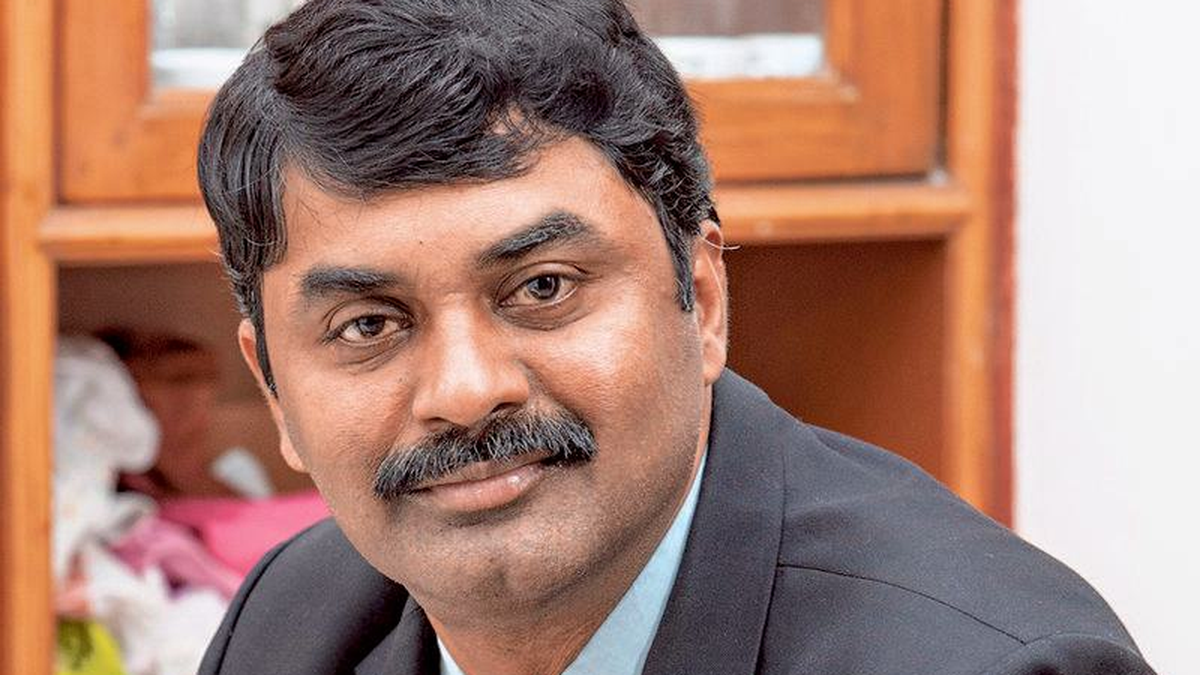[ad_1]

A newly constructed jetty at the Kamarajar Port in Ennore.
| Photo Credit: BIJOY GHOSH
Also Read: Invasive mussel species from Central and South America wiping out native variant in Kerala
What is ballast water?
Ships need to have a certain level of immersion into the sea to be stable. When a ship discharges cargo, it rises up in the water and therefore, to keep a minimum level of immersion, ship staff take in sea water called ballast water inside tanks in the ship. And when the ship loads cargo, leading to more immersion, the ballast water is pumped out of the ship. Until recently, there was no bar on taking in and pumping out of ballast water at ports, in the ocean, along the coast and so on. Since ballast water carries invasive species into other countries that destroy ecosystems, global shipping has sought to regulate ballast water discharge.
How serious is the problem?
In India, scientists have recorded nearly 30 invasive species coming from ship ballast water. Among the most harmful in recent times is the charru mussel, Mytella Rigata, says Biju Kumar, professor and head of the department of aquatic biology and fisheries at the University of Kerala. In the Pulicat lake in Tamil Nadu, as in Ashtamudi lake in Kerala, this mussel has replaced almost all other species, he says. Its survival rate and egg production is very high. Though of marine origin, it can survive even in fresh water, he adds.
What are global regulations?
The Ballast Water Management (BWM) Convention of the International Maritime Organization (IMO) came into force in 2017 to help prevent the spread of potentially harmful aquatic organisms and pathogens in ships’ ballast water. From September 8, 2017, ships must manage their ballast water so that aquatic organisms and pathogens are removed or rendered harmless before the ballast water is released in a new location.
Recently constructed ships with functioning ballast water management systems continuously take a small portion of the ballast water they had taken in after discharge of cargo and dose it with chemicals so that all the water is rendered free of any biological organism before the water is pumped out during the loading of cargo. Ships built before the BWM convention that don’t have these systems are required to exchange the ballast water they took in a port with “neutral” water from the middle of the oceans enroute to the loading port.
Among the countries most serious about preventing ship ballast water damaging their marine ecosystems are Australia and New Zealand. Australia, as a major supplier of coal and iron and other raw materials, sees much ballast water pumping out in ports. Australia is home to ecologically sensitive areas such as the Great Barrier Reef where such water can cause immense harm. Ships calling on Australian ports are often subject to rigorous checks including of ballast water management systems.
What is India’s position?
Documents of the IMO show that as of July 2, 97 countries have signed on to the BWM as contracting states. India is not on the list of countries. This means that there is no obligation on the part of ships calling on Indian ports to enforce the BWM convention. While other rules such as relating to discharge of oil apply in Indian ports, the discharge of ballast water brought in from other countries is not subject to checks or regulation.

“No restriction is seen regarding discharge of ballast water in Indian ports,” says V. J. Mathew, senior advocate who specialises in maritime law. In any case, ports are only a facilitator of ship traffic and cannot be held liable in such cases. If there is any evidence that a vessel has pumped out the ballast water that led to the invasive species, then the vessel owner can be held liable if a law is in force, says Mr. Mathew, adding that it is time India signed on to the convention.
[ad_2]
Source link





